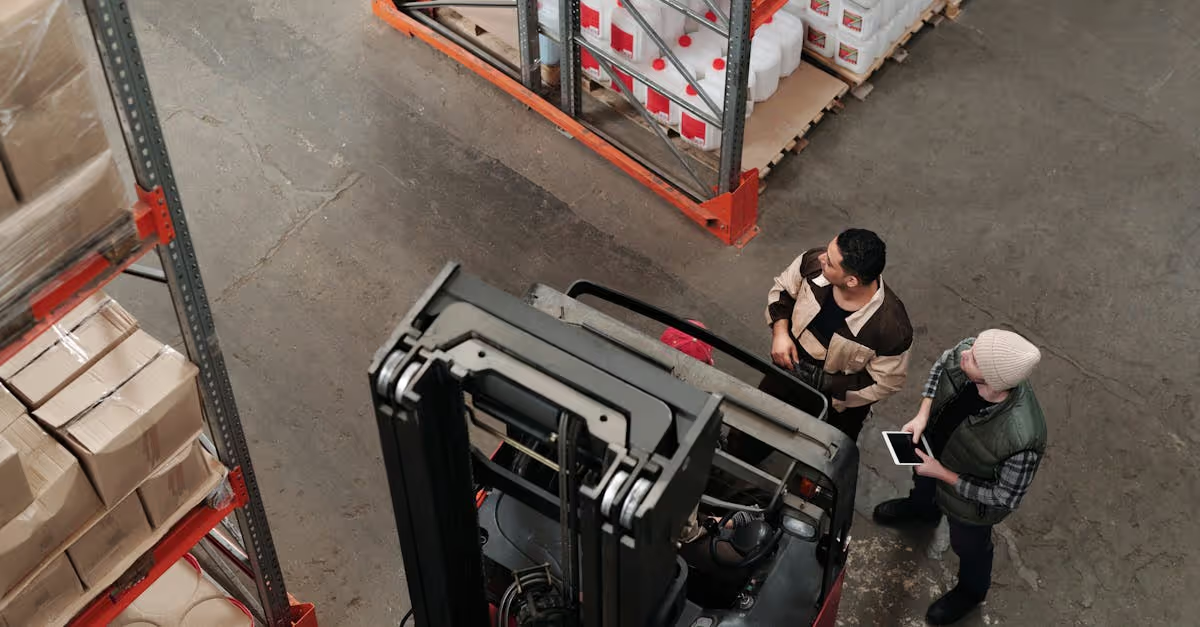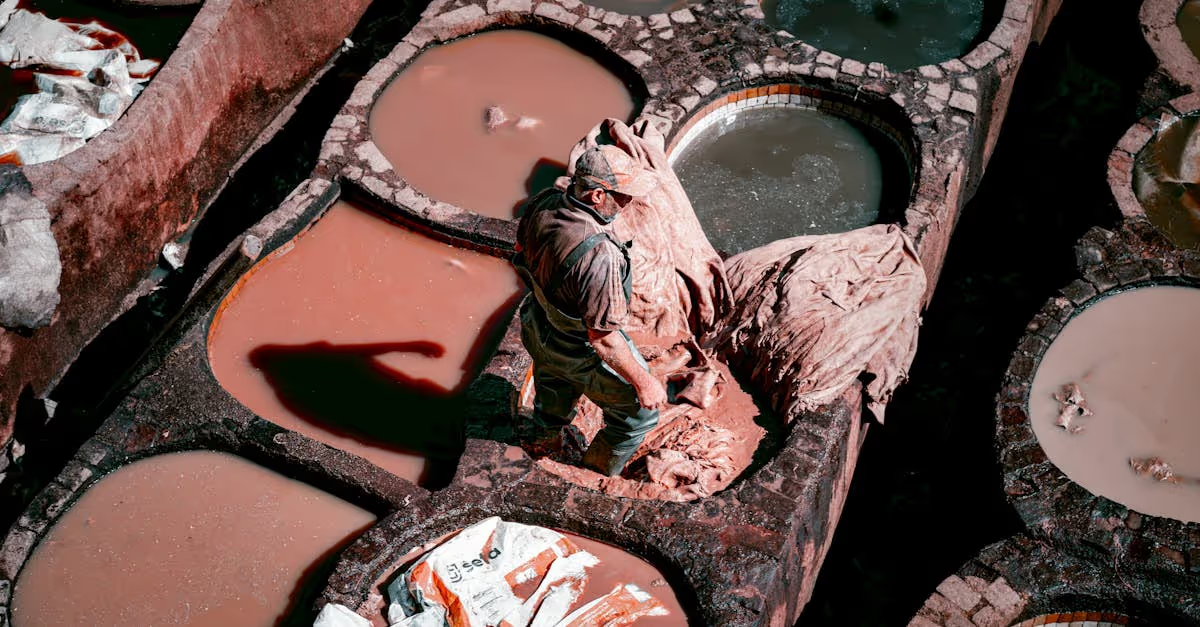Key Takeaways
- Importance of Pool Shock: Regular pool shock treatments are crucial for eliminating contaminants and ensuring safe swimming conditions, particularly after heavy usage and rainfall.
- Types of Pool Shock: Different shock types exist—Calcium Hypochlorite, Sodium Dichlor, Potassium Monopersulfate, and Liquid Chlorine—each suited for specific situations and pool types.
- Timing for Application: Recognizing signs such as cloudy water, algae growth, or increased swimmer activity is key for determining when to shock your pool. Seasonal changes also influence the frequency of treatments.
- Effective Application: Follow a step-by-step process for shocking your pool, including testing water balance, choosing the right treatment, and allowing adequate time before swimming.
- Safety Precautions: Always prioritize safety by wearing protective gear, storing chemicals properly, and adhering to local disposal regulations to minimize environmental impact.
- Routine Maintenance: Regularly monitor your pool's chemical balance and clean equipment to maintain water clarity and health, ensuring a pleasant swimming experience.
Maintaining a sparkling pool isn’t just about aesthetics; it’s crucial for safety and enjoyment. Did you know that 1 in 5 pools can harbor harmful bacteria? That’s where pool shock treatments come in. These powerful chemicals help eliminate contaminants and restore water clarity, ensuring a safe swimming environment for everyone.
In this article, we’ll dive into the essentials of pool shock treatments, including when to use them and the best practices for optimal results. Whether you're a seasoned pool owner or just getting started, understanding the right approach to shocking your pool can make all the difference. Let’s explore how to keep our pool water clean and inviting all summer long.
Understanding Pool Shock Treatments
Pool shock treatments serve as a vital tool for maintaining clean and safe swimming environments. These treatments eliminate contaminants and improve water clarity.
What Is Pool Shock?
Pool shock refers to the process of adding a concentrated dose of chlorine or other sanitizing chemicals to pool water. This action raises the chlorine level temporarily to address issues like cloudy water, algae bloom, and pathogens. By increasing the chlorine concentration, we can effectively kill bacteria and organic matter that affect pool hygiene. For best results, we recommend applying shock after heavy pool usage or rain, ideally in the evening when sunlight is minimal, allowing the chemicals to work without interference.
Types of Pool Shock
Multiple types of pool shock exist, each suited for different situations.
- Calcium Hypochlorite: Often called cal hypo, this option is popular for its effectiveness in killing bacteria.
- Sodium Dichlor: This option is stabilized for use in sunny conditions. We appreciate its quick-dissolving properties.
- Potassium Monopersulfate: Known as non-chlorine shock, it helps oxidize contaminants without raising chlorine levels significantly.
- Liquid Chlorine: Quick to act, liquid chlorine is great for immediate issues but needs careful handling due to its strength.
Selecting the right type contributes significantly to pool health. Always follow the manufacturer's instructions for optimal effects. What type of shock do we use in our pool maintenance routine?
When to Use Pool Shock
Pool shock plays a vital role in keeping our swimming water clean and safe. Recognizing the right moments to apply shock treatments helps maintain water quality.
Signs Your Pool Needs Shocking
Cloudy water signals that our pool requires immediate attention. When visibility becomes poor, we should consider shocking the water to restore clarity. Algae growth also indicates a need for shock. If we spot green or slimy patches, it’s time to act. Additionally, an increase in swimmer activity might mean higher levels of contaminants. Shocking the pool after a party or heavy use clears out any germs and ensures safety. Finally, testing our pool’s chlorine levels regularly helps too. If those levels drop below recommended values, we should apply shock to raise them quickly.
Seasonal Considerations
Seasonal changes affect when we use pool shock. During hot summer months, higher temperatures contribute to bacteria growth. Shocking our pool every 1-2 weeks keeps the water fresh and free from contamination. After heavy rains, the water balance may shift. Rains can introduce debris and contaminants, so shocking the pool helps rebalance everything. In colder months, we might not need to shock as often, but checking water quality during the colder days remains important for safety. When opening our pool for the season, a thorough shock treatment should kick things off right. Sharp changes in temperature can invite algae; let’s prevent that with proper shocking.
Remember, keeping our pools clean is a shared responsibility. If we notice any signs, a small dose of shock can go a long way in protecting our swimming oasis.
How to Use Pool Shock Effectively
Using pool shock correctly leads to clean, safe water for everyone to enjoy. Following specific steps makes the process simple and effective.
Step-by-Step Application Process
- Test the Water: Start by checking your pool's chemical balance using test strips or a liquid test kit. Ideal pH levels range from 7.2 to 7.6, while chlorine levels should be between 1 and 3 ppm.
- Choose the Right Shock Treatment: Select a shock treatment compatible with your pool type. For example, Calcium Hypochlorite works well for concrete pools while Sodium Dichlor suits vinyl surfaces.
- Dissolve the Shock: For granular shock, dissolve it in a bucket of water first, especially if using Calcium Hypochlorite. This prevents settling and helps it spread evenly.
- Add Shock to Pool: Slowly pour the dissolved shock around the perimeter of the pool while the pump runs. This helps distribute the chemicals evenly.
- Wait Before Swimming: Allow the shock to work its magic for at least 8 hours. Test the water again to confirm that chlorine levels return to safe levels before jumping back in.
Tips for Best Results
- Shock Regularly: Regular shocking—ideally once every week or two—keeps contaminants in check. Bacteria don’t take vacations, and neither should we when it comes to maintenance.
- Shock After Heavy Use: Extra swimmer activity, like pool parties, can stir up debris and contaminants. Shock soon after heavy use to keep water clear.
- Monitor Weather Conditions: Rainy days can dilute pool chemicals. Shock your pool after heavy rains to restore balance.
- Keep Equipment Clean: A clean filter and skimmer contribute to pool health. Clogged filters strain the system and can lead to cloudy water.
- Read Labels Carefully: Always follow the manufacturer’s instructions for dosage and application. Not all pool shock is created equal, and getting the chemistry right matters.
Safety Precautions
Pool shock treatments can significantly improve water quality, but safety comes first. We must take precautions to protect ourselves, others, and the environment when using these powerful chemicals.
Handling and Storage
Handling pool chemicals requires care. We should always wear gloves and goggles to protect our skin and eyes. Mixing different chemicals can lead to dangerous reactions, so avoiding this is crucial. Pour shock treatments into water, not the other way around, to avoid splashes. Always store chemicals in a cool, dry place out of reach of children and pets. Labeling containers clearly helps prevent accidental misuse.
Environmental Considerations
Pool shock treatments can impact the environment. It’s essential to follow local regulations regarding chemical disposal. Never discharge treated water into storm drains. Instead, allow the chlorine levels to drop before draining water onto grass or a garden. These steps minimize potential damage to local ecosystems. We can also explore eco-friendly shock alternatives that, while effective, pose less risk to the environment. Keeping our pools clean is not just about us; it’s about protecting our surroundings for future generations.
Conclusion
Maintaining a clean and safe pool is essential for our enjoyment and health. By using pool shock treatments correctly, we can effectively tackle contaminants and ensure crystal-clear water. Regularly monitoring our pool's condition and responding to signs that indicate a need for shocking will help us keep our swimming environment safe.
We should always prioritize safety when handling pool chemicals and follow best practices for application. By selecting the right type of shock and adhering to manufacturer instructions, we can maximize the effectiveness of our treatments. Let’s commit to making pool maintenance a consistent part of our routine, ensuring our pools remain inviting and enjoyable for everyone.
Frequently Asked Questions
What is pool shock, and why is it important?
Pool shock is the process of adding a concentrated dose of chlorine or other sanitizing chemicals to raise chlorine levels temporarily. It's essential for eliminating harmful bacteria, clearing cloudy water, and preventing algae blooms, ensuring a safe and clear swimming environment.
When should I use pool shock?
You should use pool shock when you notice cloudy water, algae growth, low chlorine levels, or after heavy swimmer activity. Seasonal factors, like higher summer temperatures and heavy rains, may also require more frequent shocking.
What types of pool shock are available?
The main types of pool shock are Calcium Hypochlorite, Sodium Dichlor, Potassium Monopersulfate, and Liquid Chlorine. Each type serves different situations, so it's important to select the right one based on your pool's specific needs.
How do I use pool shock effectively?
To use pool shock effectively, start by testing your water's chemical balance, then add the shock treatment according to the manufacturer's instructions. Wait at least 24 hours before swimming to ensure safety and effectiveness.
What safety precautions should I take when using pool shock?
Always wear gloves and goggles when handling pool shock. Never mix different chemicals, and store them safely out of reach of children and pets to prevent accidents.
Are there eco-friendly alternatives to chemical pool shock?
Yes, there are eco-friendly alternatives like non-chlorine shock, which can break down contaminants without harsh chemicals. Additionally, always dispose of pool chemicals as per local regulations to minimize environmental impact.
How can I maintain a clean and safe pool year-round?
Regular testing and monitoring of water chemistry, consistent shocking after heavy use or rain, and keeping pool equipment clean are key practices for maintaining a healthy pool year-round.






